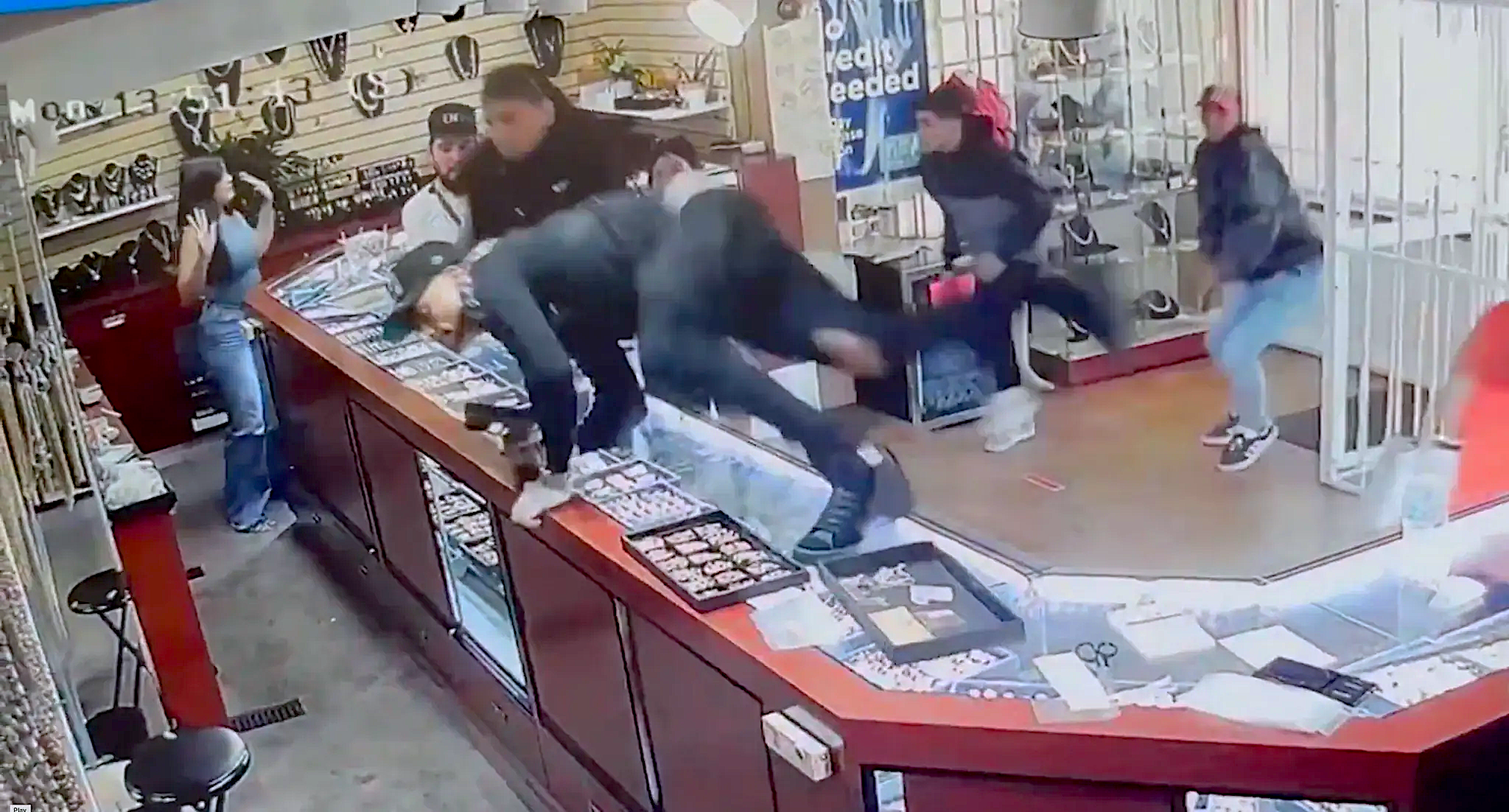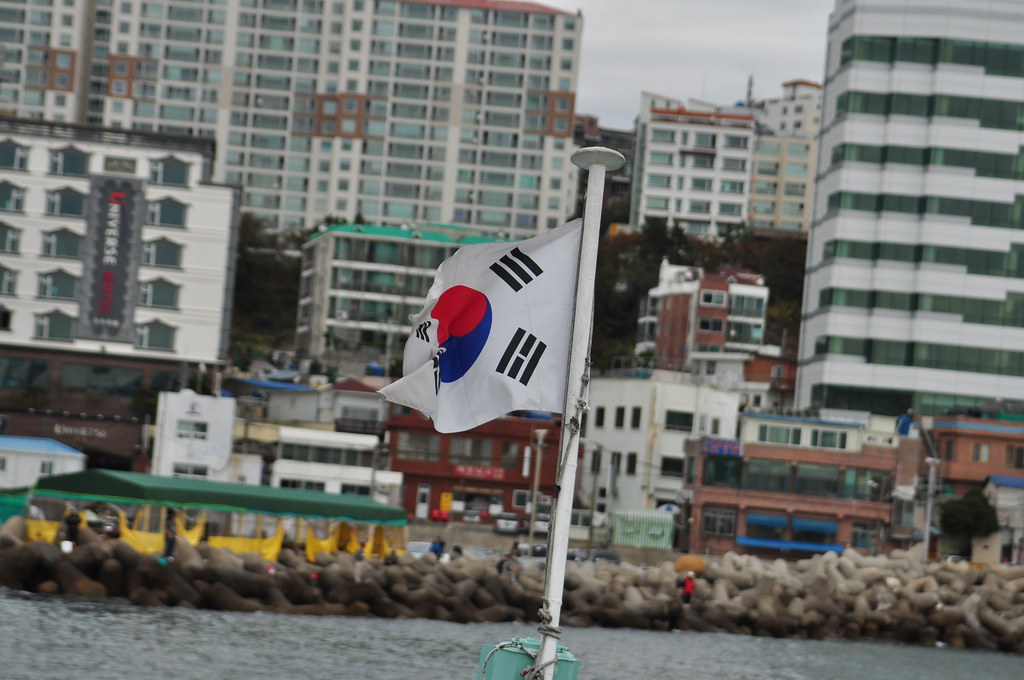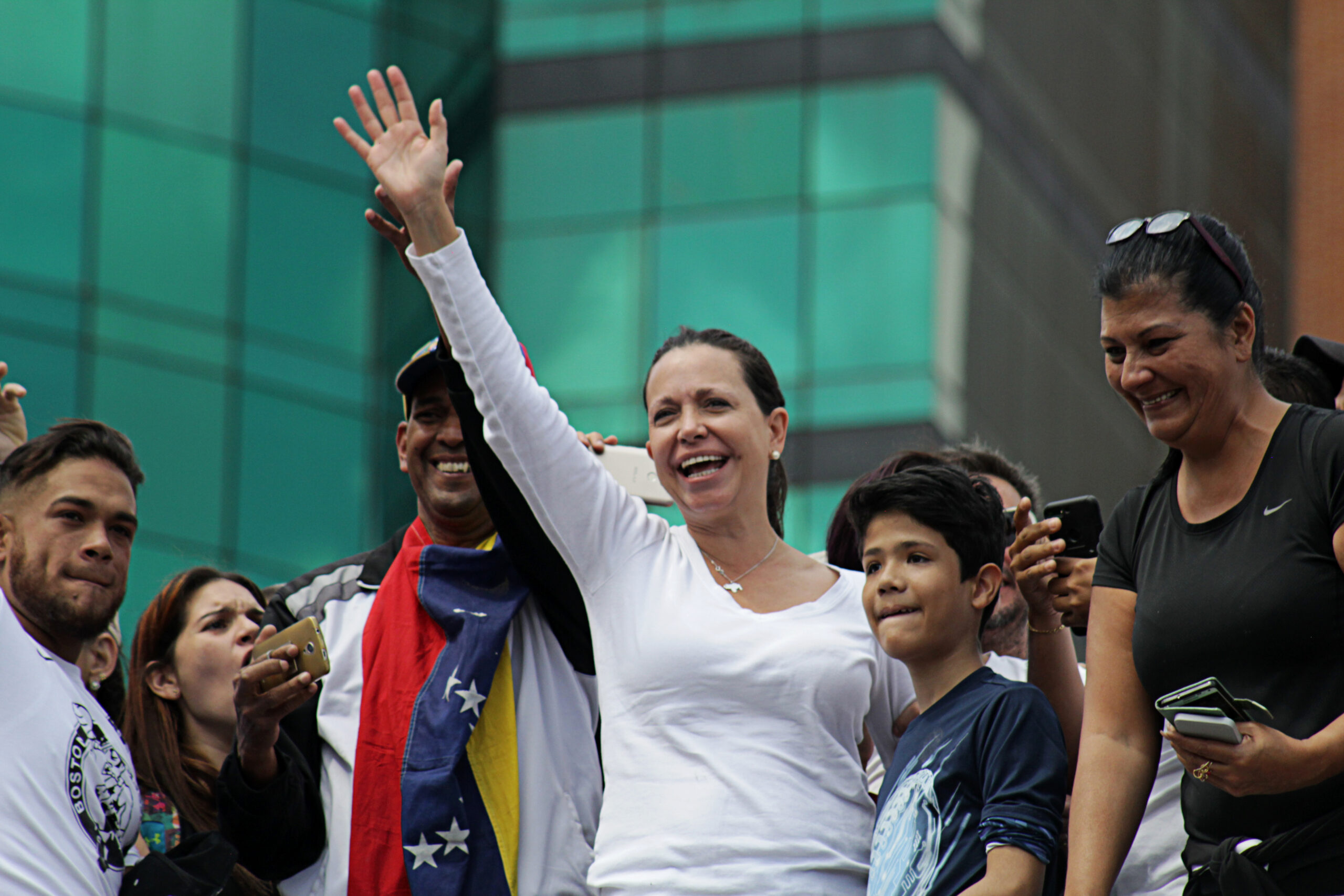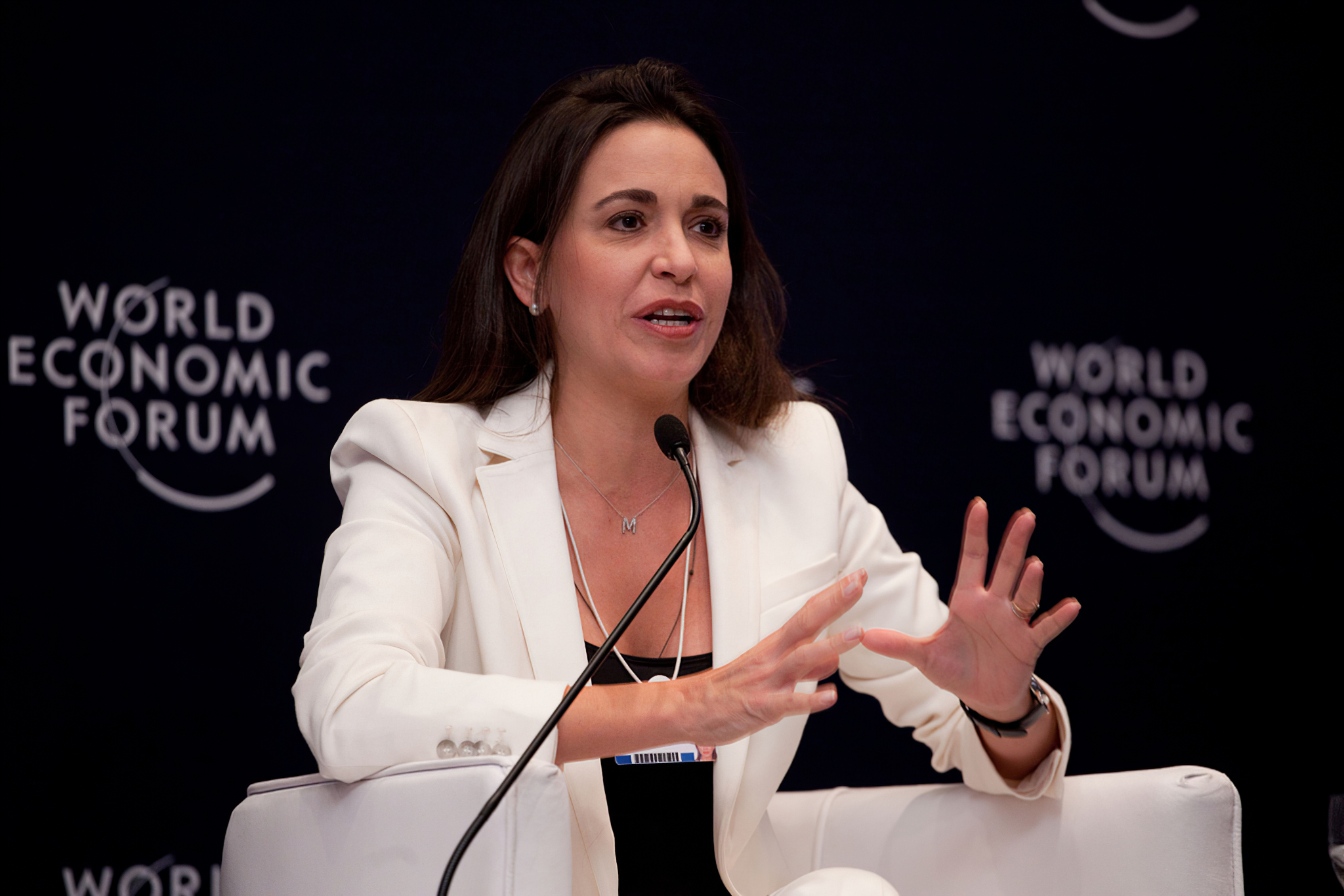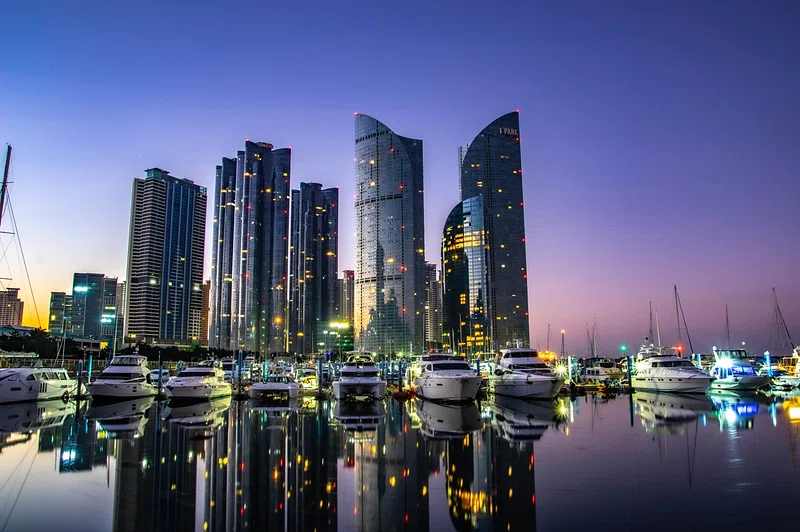By Matija Šerić
Even in the United States, the organization managed to break through. Several criminal cases are underway against suspected gang members. According to a U.S. Department of Justice prosecutor, “several security agencies have reported a strong presence of Tren de Aragua in several states.” The gang first appeared in Chicago and its suburbs in October 2023. Willow Springs Police Chief Garry McCarthy estimated that there were hundreds of gang members in the city. According to the New York Police Department (NYPD), the gang was involved in several cases of theft, robbery, and extortion across New York in 2022. Gang members also lived in migrant shelters. According to FBI agent in Texas, Britton Boyd, 41 suspected members of the group were arrested in 2023. In January 2024, the Federal Bureau of Investigation confirmed reports that the gang was operating in the U.S.
Breakthrough in the U.S.
The general consensus is that Tren de Aragua managed to enter the U.S. in the early 2020s along with Venezuelan refugees. During his presidential campaign last year, Donald Trump often used Tren de Aragua as an argument for why voters should elect him. He claimed that certain parts of cities, such as Aurora, Colorado (an apartment complex), were under gang control. These were exaggerations that were not realistic. Although many refuted Trump’s claims, they still pushed many voters to cast their ballots for him out of fear of crime. In September 2024, fiery Trump supporter Texas Governor Greg Abbott declared Tren de Aragua a foreign terrorist organization.
We already mentioned the designation of Tren de Aragua as a foreign terrorist organization, a move taken by the Trump administration earlier this year. Around thirty alleged gang members were arrested at the end of January. Furthermore, in March, the U.S. government ordered and carried out the deportation of 200 alleged members of Tren de Aragua to El Salvador, citing the ancient Alien Enemies Act of 1798. There was no concrete evidence that those deported were gang members. Trump invoked the centuries-old law, claiming the gang had launched an invasion of the U.S. on the orders of Nicolás Maduro’s government. This was a claim that did not correspond to the truth. It was never confirmed that the gang had established cells in America. Other deportations were temporarily halted due to complicated legal procedures.
Tren de Aragua: A Growing Transnational Criminal Threat
Response of Latin American authorities
The fight against Tren de Aragua represents a significant challenge for authorities in Venezuela and other countries. Due to ongoing violence and the severity of crimes committed, combating the gang has become a priority for many Latin American nations. Corruption within police and judicial structures, lack of funding and equipment for security forces, as well as the complexity and secrecy of criminal networks, are circumstances the gang exploits to fight against state authorities. In Venezuela, where the political and economic situation is highly unstable, Tren de Aragua often takes advantage of socio-political weaknesses to expand its influence.
Despite these limitations, police forces in Chile, Peru, and Colombia have carried out major operations against the gang since 2022. More than 100 alleged members of the organization have been arrested in the past three years in these three countries. However, this did not break its operations. In September 2023, about 11,000 members of Venezuelan security forces intervened and finally took control of Tocorón prison, which served as the gang’s headquarters. Losing this main operations center seriously shook the gang but did not lead to its destruction, as it continues to operate in Venezuela and abroad. Niño Guerrero escaped before the operation, along with other leaders and around 400–500 prison associates out of a total of 1,600 inmates.
Venezuelan civil organizations reported that criminals had been warned in advance. Of course, they were tipped off by members of Venezuelan state services. Some even go so far as to claim that the entire prison takeover operation was arranged with Niño Guerrero. It is evident that Venezuelan state structures controlled by the Chavistas have an ambivalent relationship with Tren de Aragua—sometimes wanting to eliminate it, other times using its services.
Leaders largely resist the law
At the time of writing, the whereabouts of leader Niño Guerrero remain unknown. On July 1, 2024, Colombian police arrested the organization’s co-founder Amaury Álvarez Núñez, known as Larry Changa. He was hiding in a luxury villa he had built himself in an exclusive rural area of the municipality of Circasia, in the Quindío department. The gang’s third-in-command, Yohan José Guerrero, known as Johan Petrica, is still at large. He is suspected of engaging in illegal gold mining in Las Claritas, in southern Bolívar state, Venezuela. Some reports suggest that Niño Guerrero may be hiding with Petrica in Las Claritas after the Tocorón raid. U.S. intelligence officers believe they are hiding in Colombia.
Adaptability keeps the gang alive
Tren de Aragua represents a complex and serious problem for the security and stability of Latin America. Its ability to adapt and expand operations internationally makes it a serious threat to many countries. Given that in the past two to three years Venezuelan migrant flows have shifted north toward the U.S. through Panama, Costa Rica, and Nicaragua, the gang will find it difficult to establish control over migrants there due to the presence of other powerful criminal groups, which will lead to a decline in its revenues.
Although there have been significant arrests in recent years, the gang has not been eliminated. Its power has weakened, but its hierarchical structure remains intact. The gang as a whole functions as a loosely connected organization, with most activities carried out through local cells. The cells’ work is coordinated by lieutenants who move from branch to branch to maintain cohesion. However, Niño Guerrero and Johan Petrica make the key decisions that other members must follow. Otherwise, a bullet awaits them.
Conclusion
An effective fight against the Venezuelan mafia organization requires coordinated efforts at the local, national, and international levels, including stricter laws, stronger anti-corruption measures, and the development of socio-economic programs for crime prevention. Only through a comprehensive approach can the threat posed by Tren de Aragua be reduced and the security of endangered regions ensured. The international community, including the U.S. and European countries, is increasingly recognizing the emerging threat. Ultimately, international cooperation is key to effectively combating this criminal organization.

